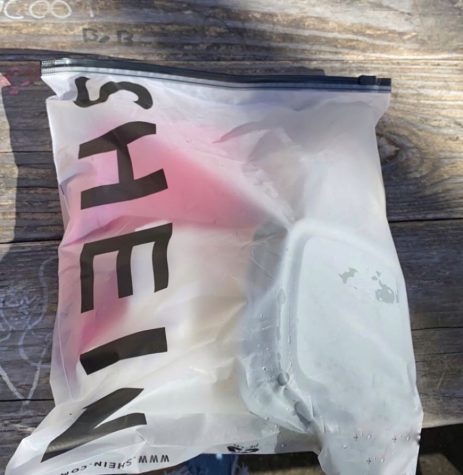The Implications of Trends
February 17, 2023

Fashion is in constant fluctuation. Like many other aspects of social life, clothing trends are constantly evolving and either rising in the ranks of popularity or becoming quickly outdated. The status of the fashion industry is heavily influenced by social media, popular culture, and climate and economic-related factors. The start of the 20th century became a movement towards mass manufacturing and distribution of clothing worldwide, which drastically increased the availability of clothing, and furthermore, shifted the perception of the industry in its entirety (britannica.com). How have the high rates of change regarding clothing trends impacted the environment? Is constant exposure to changing trends and the increased availability of clothing detrimental to individuality and world advancement?
Fashion trends are the result of modern ideas and designs or the reimmersion of past styles, and are most often perpetuated by high-end brands and social media. While fast-moving trends can be outlets for creativity and new forms of expression, they also contribute to overconsumption and high rates of waste. Compared to 20 years ago, the world consumes 400% more clothing, which has caused 11 million tons of textile waste from the United States alone (The True Cost). The fast fashion industry lands at the heart of the issue, directly benefitting from rapidly shifting trends and consumerism. Clothing brands like Urban Outfitters, Victoria’s Secret, Forever 21, and Shein are highly popular, yet are among the many companies failing to take adequate measures in order to protect workers, animal rights, and the environment.
As the production of clothing increases, the quality in which it is made lessens, overall shortening its lifespan. Rather than seasonal trends or collections, fast fashion brands contribute to dozens of “micro-seasons” or “collections” each year, which leads to mass production and distribution of low-priced products. Cheaply made clothing is vastly viewed as “disposable,” meaning more clothing ends up in landfills after fewer uses. 20% of wastewater worldwide is attributed to the process of clothing production – it takes 3,000 liters to produce 1 cotton shirt. This has harmful impacts on marine ecosystems as dyes contaminate water, making it nonreusable, and plastic microfabrics enter the food chain through aquatic life. The fashion industry is responsible for more annual carbon emissions than all international flights and maritime shipping combined (psci.princeton.edu).
In these industries, human rights are often neglected. Long and laborious work hours with unsafe conditions and little compensation are often the reality for many workers. A distinctive example of the consequences of fast fashion is the Rana Plaza disaster in Bangladesh in 2013, in which over 1,000 workers died in the collapse of an eight-story garment factory (The Rana Plaza Accident). Tragedies as such are devastating to the communities that are impacted and require proper response and action from the industry.
CHS students talked to KTR about personal style and creativity regarding the circulation of trends, as well as the environmental impact of the clothing industry. Gabi Colon says, “Shopping sustainably is not shopping at Shein, but also, not overconsumption and I feel like that’s why you have to [participate in trends] in moderation.” Cecelia Morrison offered a new approach to trends, saying, “I think you have to be understanding that fashion trends come back around, so you don’t have to necessarily get rid of all your clothes, and […] you can continue wearing clothes that may be considered out of style, and incorporate them into [new] trends…”
While fashion trends may provide inspiration and structure to style, they also create standards that can be difficult to meet. When asked if conformity to these trends is limiting, Cecelia Morrison stated, “It depends because there are a lot of different types of fashion trends, so it can help you kind of explore your own sense of style, but I think it also can also be restrictive…” Elizabeth Engel added that “…it’s better to find your own personal style than just go with the trends.” Jacobi Lynch revealed that “I don’t follow trends, I start the trends, you know?”
In order to take action against the repercussions of the expanding fashion industry, students at CHS and the surrounding community can be increasingly mindful of the process of buying and disposing of clothing. Good On You (https://directory.goodonyou.eco/) is a resource that provides information and ratings on thousands of brands. The posted rating takes into consideration the brand’s impact on the planet, people, and animals and provides further explanations.





